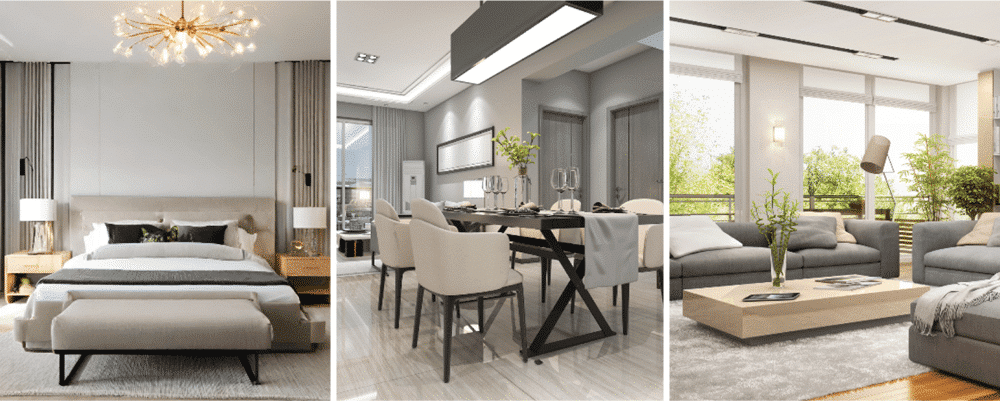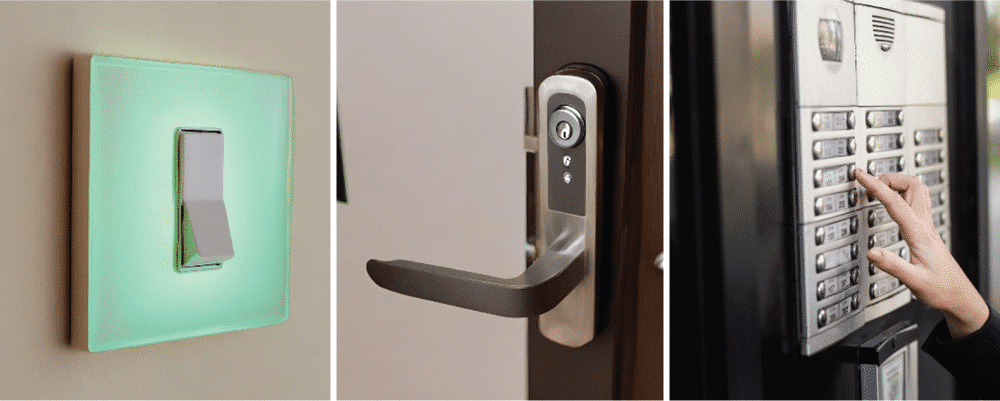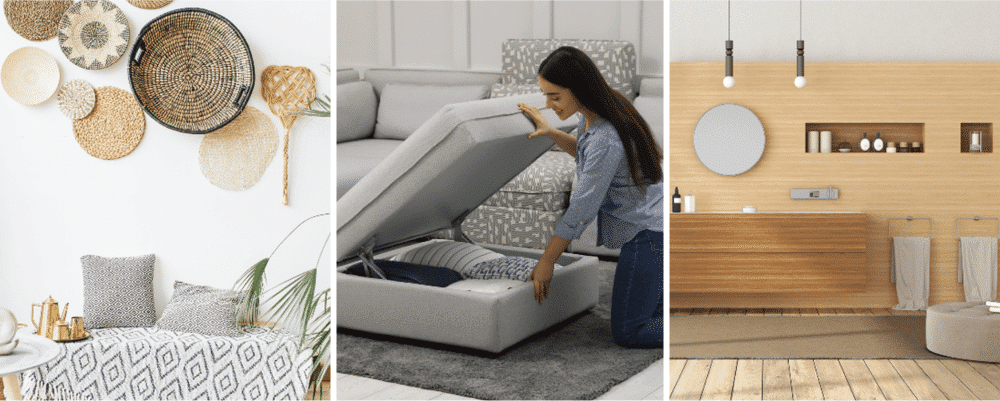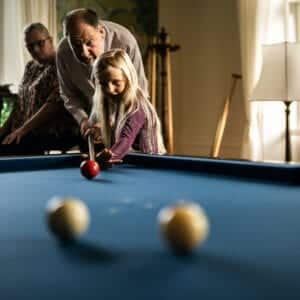Good Design Meets Fall Prevention: Stylish and Accessible Home Ideas
Creating a beautiful and user-friendly home is vital for preventing falls, especially for seniors. Good design plays a key role in achieving this balance. In this article, we’ll show you how to make your home stylish and safe, focusing on those interested in fall prevention and accessible home design. Whether you’re passionate about preventing falls or simply want to make your home more appealing and secure, this article is your go-to guide.
Falls pose as a large risk for older adults, with 20-30% of older Canadians experiencing one or more falls each year. In Canada, falls are the leading cause of injury among older adults, responsible for 85% of injury-related hospitalizations and 95% of all hip fractures in this age group, resulting in direct healthcare costs of about $2 billion annually. Sadly, over one-third of seniors don’t return home and instead must move to long term care, the average Canadian Senior will stay in hospitals 10 days longer for falls than for other causes.
Falls can lead to chronic pain, restricted mobility, loss of independence, and, in the worst cases, fatalities. It’s particularly disconcerting that approximately 50% of falls causing hospitalization occur within the home environment.
The connection between good design and fall prevention is unquestionable. An accessible home serves as a critical element in reducing the frequency of falls, particularly among high-risk individuals. These interventions ought to be tailored to meet individual needs, incorporating insights from medical professionals like doctors, occupational therapists, and accessibility experts. They should be informed by the results of a comprehensive home safety assessment, coupled with user education and well-grounded research.
While it’s essential for home design to align with specific requirements, we’ll also offer some general tips to assist you in creating a stylish and accessible living space, with a particular focus on addressing the fall prevention needs of older adults.
Designing a Stylish and Accessible Living Space
Creating a living space that seamlessly merges style with accessibility is at the heart of good design, and this applies to various areas throughout the home. Here are some overarching good design tips that can be incorporated into your entire living space:
Furniture:
- To minimize the risk of injuries from sharp corners, particularly when there are young children or elderly family members present, choose furniture with rounded edges. The good news is that curved furniture is a hot trend in interior design right now, so there should be plenty of stylish options to choose from.
- Opt for tabletops and surfaces made of durable materials like wood, acrylic, or laminate, which do not shatter like glass, reducing the risk of injuries in case of accidental bumps or falls.
- To reduce clutter and trip hazards, consider furniture pieces which not only add a stylish touch but also enhance storage capabilities such as ottomans with hidden storage or lift-top coffee tables.
Flooring:
- Choose slip-resistant flooring materials like carpet, cork vinyl, or rubber, which not only enhance safety but also offer a wide range of stylish options to match your home’s aesthetics. For instance, there are vinyl flooring designs that mimic elegant wood and are also easy on aching knees, enhancing both safety and comfort in your space.
- Area rugs or floor mats can be real tripping hazards. If you just can’t live without that pop of colour, consider PVC floor mats that are beautiful but flat to the floor. For area carpets, consider only those with non-slip backings and use double-sided tape for any edges that could trip you.
- To help individuals with visual impairments, opt for flooring with more solid colours instead of intricate designs. Incorporate contrasting colors at steps or transitions to highlight changes in elevation and allow smoother navigation through the different areas of your home.
Lighting:
- Your choice of lighting can address many factors for individuals with low vision. Invest in stylish light fixtures with well-designed shades that provide better illumination throughout.
- Incorporate automated lighting systems to avoid walking into dark areas and to create different lighting moods, ensuring that your home remains both safe and visually appealing
- Consider incorporating a sunroof or skylight in your home to take advantage of natural lighting, and also reducing energy costs.
- To control glare, use attractive blinds or curtains that can be adjusted to avoid harsh direct sunlight. Glare and reflections can make it difficult to see what is on the floor. Lighting in your home environment should be comfortable and safe for all family members.
Handles and Switches:
- lever door handles are easier for people with weak grip or anyone with their arms full of groceries. Keyless door locks can provide easier access for those who have difficulty manipulating a key.
- Select stylish yet easy-to-use rocker wall switches with larger surfaces that blend seamlessly with your décor, ensuring that they are within convenient reach for all residents.
- Consider a doorbell and intercom system that you can answer from anywhere. This reduces the need to rush to the door which provides added security and convenience.
Safety/Support Equipment and Accessories:
- Put supports where you need them. Safety poles, like the Superpole, can be mounted almost anywhere in your home.
- Choose shower seats and stools that offer both comfort and style, providing the opportunity for a safe, seated shower.
- Choose beautiful support fixtures (that are also grab bars), such as those from HealthCraft’s Plus and Invisia lines. With the choices of different finishes, they will blend seamlessly into your home décor.

Accessible Layout:
- Utilize stylish room dividers like a sliding barn or glass doors, decorative screens, or pocket doors to create separate living areas while keeping doorways wide and all spaces of the home accessible.
- Interior doorways are typically a minimum width of 32 inches. If wanting to accommodate adequate clearance for someone using a rollator or wheelchair, consider a door with of 36”. This will protect your doors and door frames and keep them beautiful.
- Opt for high-quality modular shelving, perfect for smaller spaces, as it can be easily disassembled and reconfigured according to your needs. Keep pathways clear and spaces open for easy access.
Designing a home that’s both attractive and easy to move around in, can promote fall prevention. Maximize space, reduce clutter, and keep all stairs and pathways clear. Install grab fixtures near the toilet and at the tub or shower. It isn’t just about looks – it’s about making sure everyone who lives there, and older adults who visit, can stay safe.
Your home should be a place where everyone feels comfortable and secure. By using these tips, you can turn your home into a place where style and safety come together, making life accessible for everyone.











